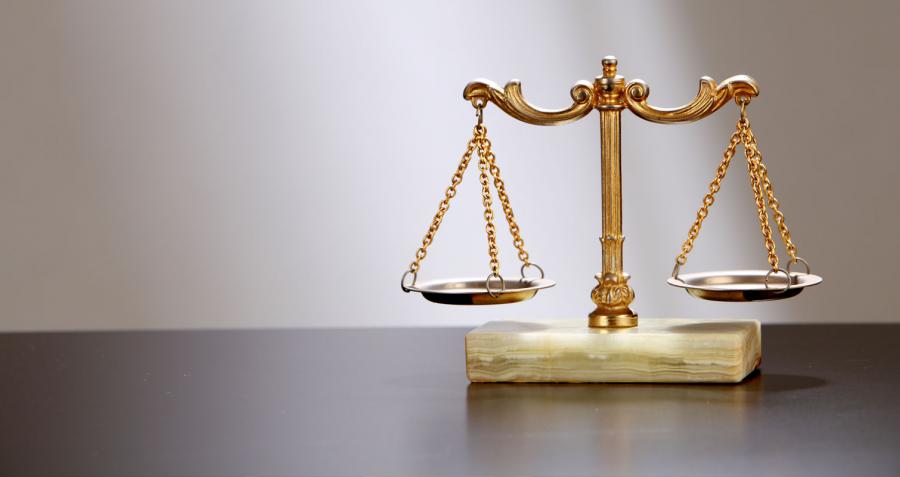International Women’s Day is a unique opportunity for women around the world to celebrate women’s contribution and achievements and also reflect on the further progress that must be made for women to reach full equality.
This year, on International Women’s Day, EnergyAustralia announced that it will take the next step towards closing the gender pay gap.
From April, EnergyAustralia will close its 2 percent gender pay gap by investing $1.2 million into making sure that women and men with equivalent experience and skills receive the same pay for doing the same job.
“It’s not right or fair to expect women to have to wait any longer for the pay gap to close,” says Managing Director Catherine Tanna, “So, we’re fixing that right now.”
“Right now” means that about 350 women at EnergyAustralia will have a pay increase and, in most of these cases, an additional one-off adjustment of about $3,500. About 80 men will also have their pay increased.
To EnergyAustralia, the pay review is about fairness, regardless of gender. Since 2014 we have progressively reduced or removed gender bias in recruitment, working arrangements, succession planning, internal appointments and promotions, performance assessment, remuneration and reward.
“Energy is a vibrant industry with an exciting – but challenging – future. If we want to attract our share of the bright, talented women out there we must also treat them fairly and give our people opportunities to do the best work of their careers,” Ms Tanna says.
Women make up about 40 percent of our 2500-strong staff, including in management positions. Significantly, women occupy half of the 10 seats on the EnergyAustralia board, something that was recognised by Ernst and Young’s Women in Power and Utilities Index, which placed EnergyAustralia fifth out of 200 utilities around the world. EnergyAustralia was the only Australian company in the top 20.
As great as this initiative is, we know there is still work to be done. For example, men hold nine out of 10 jobs in our energy function, which operates power stations in New South Wales, Victoria, and South Australia.
“Most of the roles at our energy assets, which typically offer good, well-paid jobs, are done by men,” says Ms Tanna. “That’s why it’s important we encourage women to join our power stations. It’s about opening opportunities for everyone, regardless of gender, background or affiliation.”
With more women joining our power stations, a mentoring program for women, and embedding checks for unconscious bias throughout our internal processes, we have good reason to celebrate International Women’s Day in 2018, and look ahead to better days – any time of the year – for women in future.

